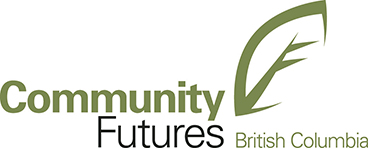Fraser Valley/Victoria (BC Coroners Service) – At least 161 lives were lost to toxic illicit drugs in B.C. in April 2022, which is a figure that equates to approximately 5.4 deaths per day. While men have historically accounted for nearly 80% of illicit drug-related deaths, more than 26% of those who died in April were female, continuing a shifting trend that began earlier in the year.
Similarly, while the median age of decedents between March 2020 and February 2022 was 44, the number of deaths in older age categories continues to increase, as 38% of decedents in 2022 were at least 50.
While numbers are down slightly for the Fraser Valley as compared to 2021, the death count remains disturbing.
NOTE – The Chilliwack Alano Club is hosting a Naloxone Workshop on Monday June 13, on how to administer the life saving drug to a person who has overdosed.
Male illicit drug toxicity death rates have decreased this month while female rates remain relatively high.
• Illicit drug toxicity death rates among those aged 60+ years have increased this month
• The proportion of deaths that are 50+ years of age has steadily increased year after year for the past 6 years. In 2022, 38% of decedents were at least 50 years old.
By local health area, in 2022, the highest rates of death have been in Lillooet, Mission, Cariboo/Chilcotin, Merritt and Alberni/Clayoquot.
In 2022, 84% of illicit drug toxicity deaths occurred inside (57% in private residences and 27% in other residences including social and supportive housing, SROs, shelters, hotels and other indoor locations) and 14% occurred outside in vehicles, sidewalks, streets, parks, etc.
The detection rate of benzodiazepines rapidly increased from 15% of samples in July 2020 to 45% of samples in April 2022.
Between July 2020 and April 2022, etizolam was found in 40% of illicit drug toxicity deaths that have undergone expedited toxicological testing.
Etizolam is a benzodiazepine analogue and non-opioid sedative that does not respond to naloxone and creates life-saving challenges for first responders.
Analysis of post-mortem toxicology results shows no indication that prescribed safe supply is contributing to illicit drug deaths regionally or provincewide.








